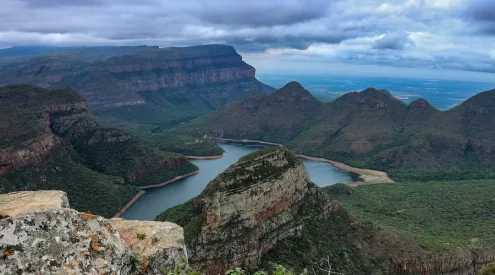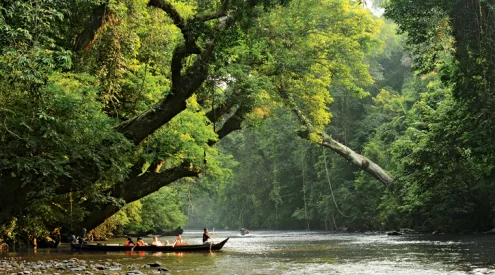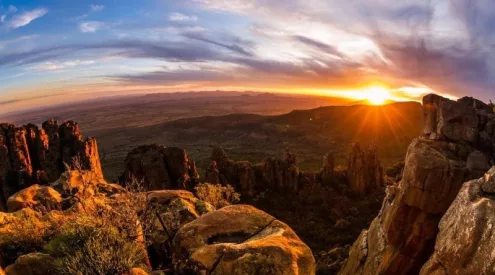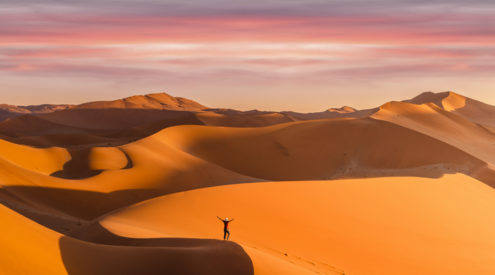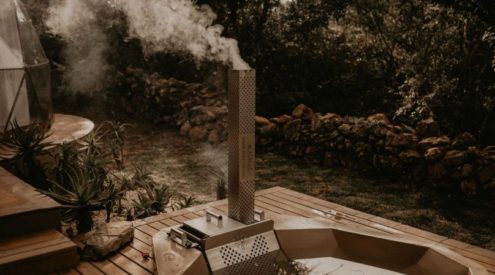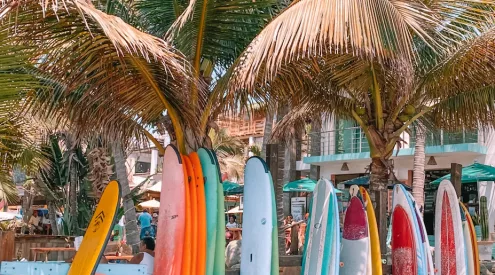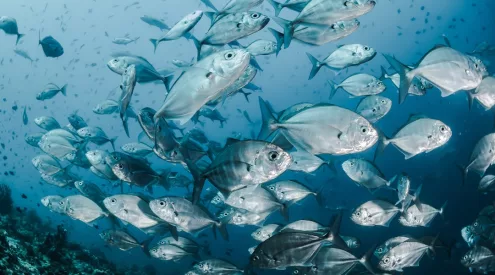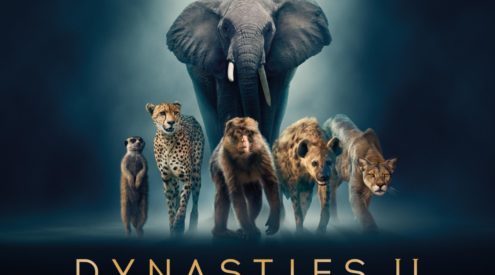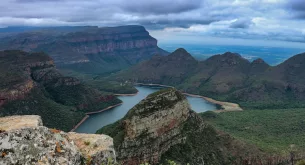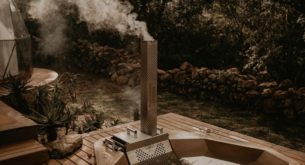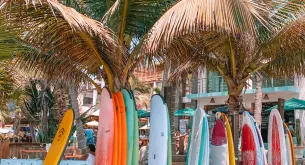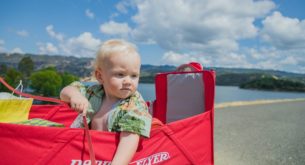In the light of all the bad press going the way of the polar bear at present, after the sad, fatal attack on a group of tourists on Svalbard, I have decided that now is as good a time as any to describe my tale of wonder at the first polar bear I saw.
Polar bears are incredible creatures. They are powerful and noble and incredibly efficient hunters in a world we would deem too harsh to sustain such life. Originally descended from brown bears, they hunt seals and walruses on the pack ice throughout the Arctic. When times are tough they will forage for eggs, carrion, and anything else they can sink their teeth into. They will even eat seaweed, to dull the ache of hunger during the long ice free summers. Polar bears are, in fact, so well designed for the Arctic, that they sometimes struggle to keep cool. They can also swim for 100 miles and over short distance I believe they are capable of the speed of a racehorse.
Most of this I only learned after seeing my first bear. I had never even seen one in a zoo, as I wanted to keep this special animal for one day when I could see a free one, in all its infinite beauty. My first bear came very unexpectedly on my recent trip to Svalbard. I was on a nine-day cruise around Spitsbergen, and I was full of excitement at the possibility that was ever present. There are hardly any words that are evocative enough to describe such a place. When I landed in the town of Longyearbyen, I was almost dizzy with excitement. Our plane broke through the veil of clouds and all of a sudden ice-capped mountains and a runway surrounded by water on three sides was visible. I had arrived. And I hope to re-arrive at that airport many times in the future.
It was day two of our cruise on board the Akademik Ioffe and we had a landing planned at Smeerenburg at 09h00. For landings in the Arctic summer, it is recommended that everyone wears waterproof clothing and warm gumboots. Our boots were issued to us on board, and everyone had arrived at the gangway kitted out in fleeces, waterproof pants, jackets and boots with thick socks, and looking a few sizes bigger than at breakfast. It was a warm day, around 10 degrees, the sky was blue, and the ocean flat like sheets of glass. The mountains on all sides rose up from the water, dark and spectacular, a glacier off to one side, and grey snow-streaked cliffs on all others bar the small spit of land on which Smeerenburg was located, known as Amsterdamøya (Amsterdam Island). In other times, this had been a blubber factory and whaling base, run by Danish and Dutch whalers. It is said that standing on the bow of a ship a whaler would have had hundreds of whales in his sights. That day we saw none, a sad reminder of what man can and does do to nature. Yes, the whales are slowly coming back, but it will be thousands of years before nature can right the wrongs done to her.
There were around 100 passengers on board our expedition vessel. For every landing we would split into four or five groups, depending on interests, to make them more enjoyable. The first group is called the chargers, and they always set off first, and then walk for three hours without breaks. Their aim is basically to walk as far as possible. The other groups are generally broken down into people with the following interests: photography, birding, a bit of everything, and those who want a slow paced stroll. By the time my Zodiac had landed, the chargers were already about 500 meters further along the beach, watching a seal bobbing in the shallows. We were all milling around under the watchful eye of some leaders carrying rifles “˜just in case’, and getting our cameras set up and our life jackets off and into a pile on the ground. It was this moment that we heard the call ‘Polar bear!’ over the hand-held radio of the leader closest to us. We all immediately began scanning the horizon until we saw the cream-coloured blob with its nose in the air. The leaders began shouting out orders to us to put our life jackets on and get into the nearest boat. I snapped off two terrible-quality shots because it was my first bear, and then dived into the nearest Zodiac! The adrenalin rush was incredible: just like that I was watching my first bear, completely unexpected as it stood sniffing the air. Off to the right the chargers were heading rapidly back toward us, and all the eyes of the guides were trained on the bear, flares and rifles ready, just in case.
On an expedition such as this, no group ever goes walking without the expedition leader first scanning the area for any potential danger. Obviously, as was proven here, this is not foolproof – when the bears lie down they can easily disappear in the ice, or behind a rock. Secondly, all groups walking have at least two trained firearm handlers, with rifles and flare guns. In general the flare guns would work to frightened off a bear, but if the bear is too close and lives are in danger, the rifle would be used either for a warning shot, or a fatal shot. No one wants a bear to have to pay the ultimate price for our ignorance, or our intrusion into its land and as such great care is taken. It is completely forbidden to approach a bear, and if a bear is spotted on land, no matter how far off, every last person must leave, so that the situation never arises where a bear has the potential to cause us harm. If it does, the bear is shot, and there is nothing that can be done about this, because bears are the apex predator, and they will kill.
We loaded onto the boats and pushed off to safety, to watch the bear from our Zodiacs as he paced along the shoreline to the point where, not 15 minutes previously, we had all stood taking off our life jackets.
What a beautiful creature. He was fat, for a bear living off his reserves over the summer period. He had a beautiful coat, and was likely around seven years old. It was now that I was able to fully appreciate how quickly they move. The slow, ambling gait of the bear is deceptive, as he covers immense distance with each stride. He climbed into the water and looked for the seal, who had made a quick escape, before hauling himself once more onto land, nose always sniffing, pacing ever onward. Without the sea ice, summer is a very difficult time for bears, as they struggle to catch anything worth eating. The seals have the advantage in the water, and bears sometimes go hungry for four months if they are left on land when the ice retreats. Summer is difficult, but our bear seemed to be doing a good job of surviving as evidenced by his bulk.
When he reached the landing point he had a good sniff around. My Zodiac had gone a bit close to shore, and he had heard our engine get stuck and I am told he lifted his head to watch us until we got free. One must remember that this predator has no competition where he lives. He is the apex predator, and anything he encounters is fair game. When walking in Africa, a lion encountered on foot is not nearly as dangerous, especially if it’s daylight. A lion has competition, and generally realises that while we may be weak, we too are a predator. It is unlikely a lion would attack 100 of us, if we knew what we were doing. A polar bear will. To him, we are a different type of seal. Fat, defenseless, and trapped on land. This is not because a polar bear is evil, it is simply because he has never met another predator, he is king in his domain, and he knows it. We are only visitors, and we need to steer clear, and give him the space he deserves. When a polar bear attacks, our only option is to shoot it, or die. That is why we need to be so careful when we enter their realm. This is particularly true in summer when the sea ice has left, and the only food the bears left on land can find for months on end is bird eggs. Imagine how many bird eggs would be necessary to satisfy a 350-800 kg mammal?
Well, “˜our’ bear then took to the water and swam, with such grace and ease it is hard to describe, to the next island on his route. He continually smelt the air, and then put his head underwater, listening for any sounds to give away potential prey. He changed direction a few times, following what only a bear can know, until he reached the shore again, ate some seaweed and chased a couple of reindeer. What a privilege it was to watch this incredible animal in action. I could hardly contain my excitement, nor could I wipe the ridiculous grin from my face. We were with the bear for over an hour, and it’s safe to say it was one of the best hours of my life. I was sold, on polar bears and on the Arctic. We left him with great sadness, and with hope in our hearts that the bears will always be protected and will always survive. Anyone who sees the Ice King will surely feel awed.
We redid our landing after saying goodbye to the bear, and got to watch a seal, bobbing happily in the water in the knowledge that the danger had passed. We also saw the remains of a few blubber ovens from the time of the whalers, and we held a whole new appreciation for where we were. Smeerenburg, the island where we encountered the largest predator on land. And the island where so many whales were burnt down into blubber and bones. Two sad stories, but both which still hold hope: the whales are returning, slowly but surely, and the polar bear is not yet out of time.

